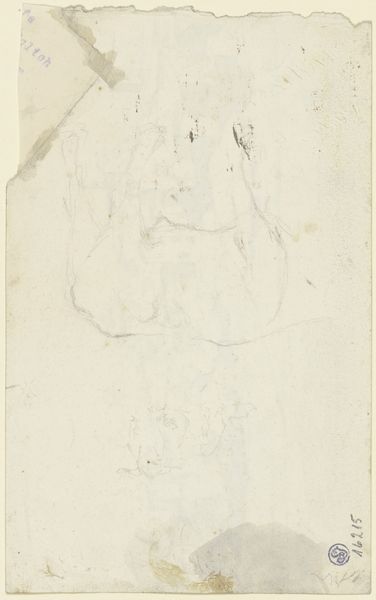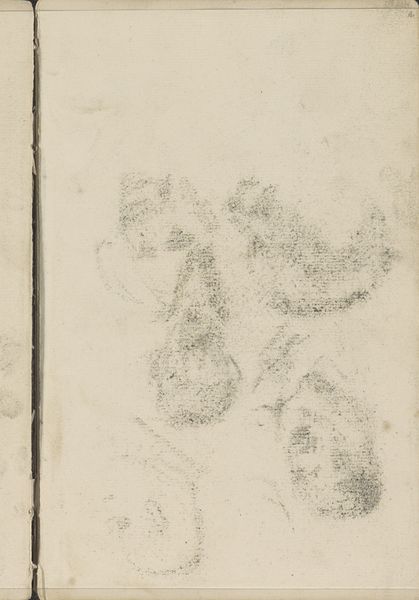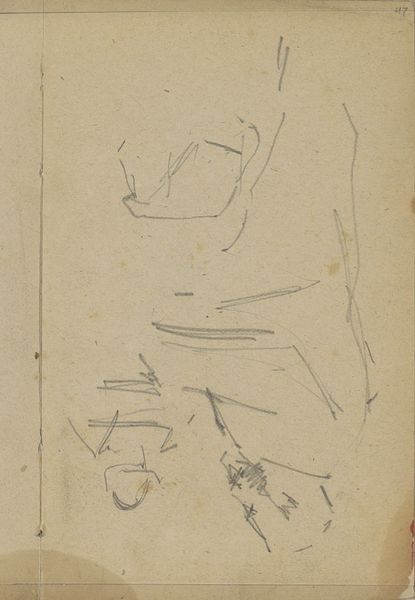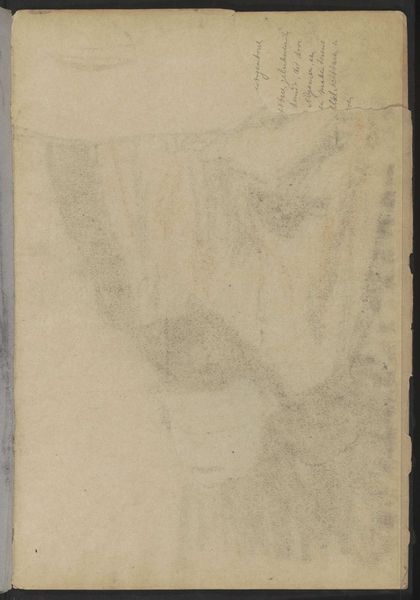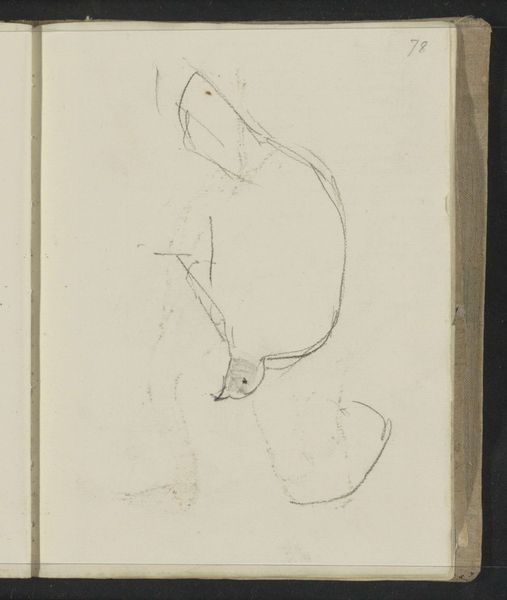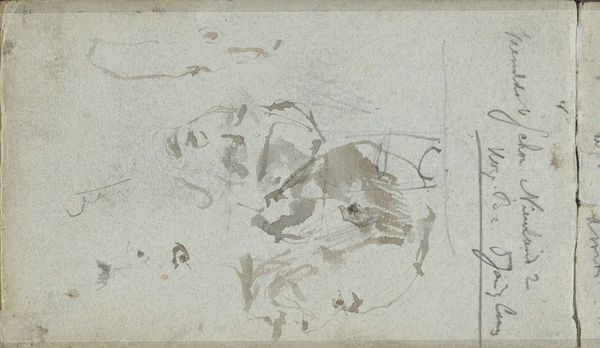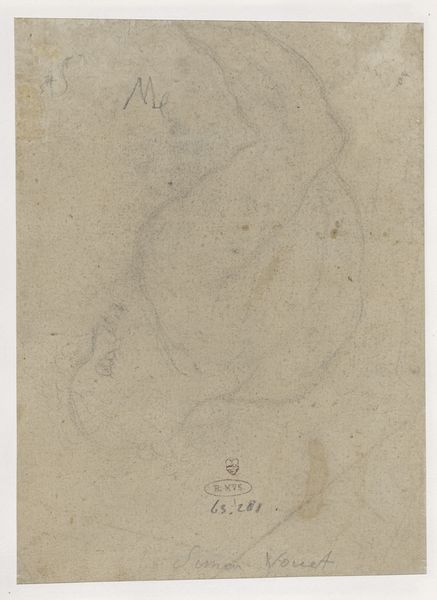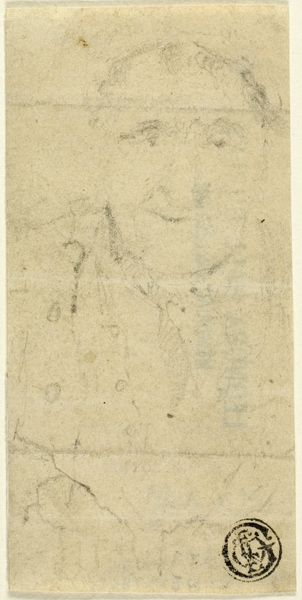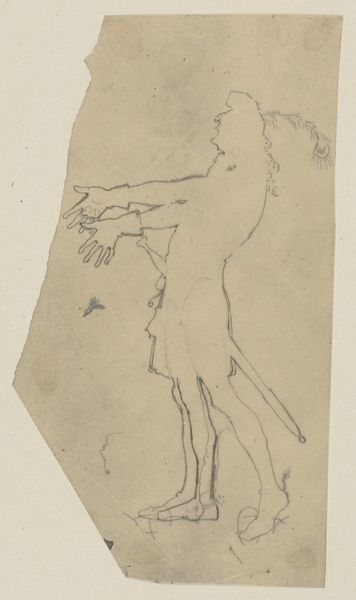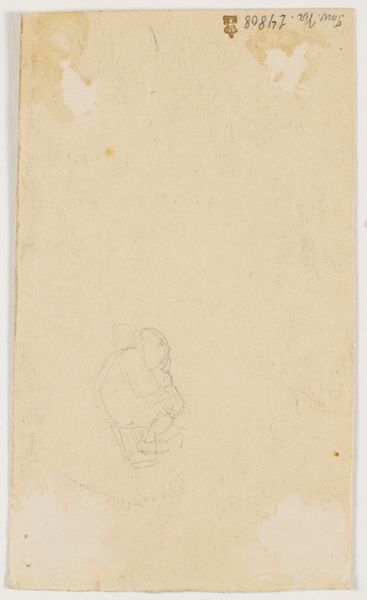
Schlafende Hermia nach links, den Kopf auf den Handrücken gestützt c. 1867 - 1868
0:00
0:00
Copyright: Public Domain
Editor: Here we have Paul Konewka's pencil drawing, "Sleeping Hermia, facing left, head propped on the back of her hand," created around 1867 or 1868. It's a delicate sketch, and the subject’s relaxed pose suggests vulnerability. What strikes you when you look at it? Curator: It’s the universality of sleep, isn’t it? Hermia, from Shakespeare’s "A Midsummer Night's Dream," becomes a symbol of respite and vulnerability that transcends the specific narrative. Note how Konewka doesn’t emphasize Hermia's identity, but rather captures a state of being. Do you find that makes it more relatable? Editor: Absolutely, it's less about her as a character and more about the universal experience of sleep. Is there significance to choosing Hermia as the subject? Curator: Hermia’s association with dreams and fantasy amplifies the drawing's symbolic weight. Sleep is often seen as a portal, and Hermia, already within a fantastical play, exists within multiple layers of dream-like realities. It makes you wonder, what are the cultural associations connected to sleeping figures? Editor: It makes me think of art that explores themes of subconscious, romanticism, and inner life. There's a sense of introspection suggested by this sketch. Curator: Precisely! Consider how Romanticism favored the emotional and the subjective, turning inward to explore the self. The act of observing and sketching someone asleep speaks volumes about the artist’s contemplation of beauty, fragility, and the human condition. Editor: This has really opened my eyes to the deeper meanings behind such a seemingly simple drawing. Curator: And to the ways in which even a small sketch can tap into powerful and enduring human symbols.
Comments
No comments
Be the first to comment and join the conversation on the ultimate creative platform.
